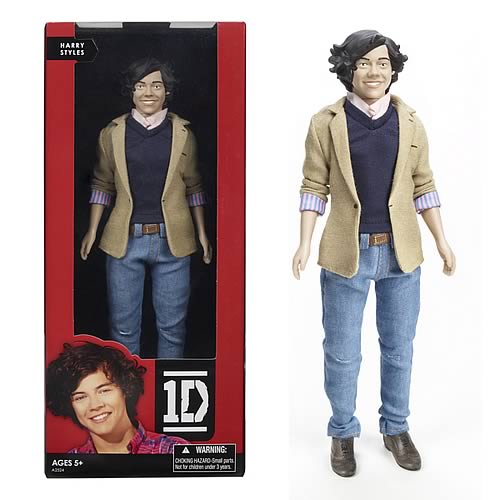This series takes a look at writing about Native Americans and gives resources to
accurately and respectfully do so.
Alison DeLuca is is
the author of several YA steampunk books. She is committed to adding characters
with different ethnic backgrounds to her works, and is always looking for
authentic, realistic ways to do so.
Kara Stewart is
Native, an enrolled member of the Sappony, and white, and is a
full-time Literacy Coach in the public schools, as well as serves in several
Indian organizations, with a passion for photography, writing and Indian education. Her
disclaimer for this series, “The views I express in this series are my personal
views, brought about my own experiences and many years in literacy and
education. I do not claim to represent the views of all Indians, but I do hope
writers will find helpful resources and perspectives.”
Today we host the last in our five-part series,
Indian 101 for Writers, Part Five: Walking In Two Worlds.
Alison: Do you have quite a
bit of interaction with people from your culture? What desires, if any, do they
express for representation within literature and film?
Kara: Your first question is a difficult one to answer because I
don’t/can’t really separate my culture from me; I am as much Indian as I am
white. As much white as I am Indian. So I live in both worlds equally. Our
mainstream culture in America is white; I don’t think anyone could sensibly
argue that. So of course I live in that world. We all do, no matter if we are
black, white, Latina, Native or Asian or multiracial.
But as far as my Indian
world, I am involved in Indian education in North Carolina and am fortunate to
know a number of other North Carolina Indian people through that. I also currently serve an elected
position as a tribal council member for my tribe, the Sappony, and tap into Indian issues that way. I am active in our tribe through volunteer
activities such as our youth camp and other events, which give me regular contact
with tribal members. And the main thing - tribal
members are my family. So calling my cousin and talking to her would count as
“interaction with people from my culture”, no? Going to a party with a friend
who happens to be Native would count as “interaction with people from my
culture”? I don’t know. It’s hard to separate and I'm not sure it's possible to.
The concept of living in two worlds is very common for Indian people. For
many (myself included), there’s a whole other world going on for
us, parallel to the mainstream world. There’s a parallel, Indian stream of information,
issues, events, and people that we navigate along with those things in the mainstream world.
This parallel stream makes us aware of these things on multiple levels – how information,
issues, events and people impact, are perceived and relate to the mainstream
world, and how they impact, are perceived and relate to Indian Country. These
two streams weave together, sometimes clashing (as when faced with stereotypes
and possibly well-intentioned but uneducated statements). What you, as writers,
teachers, humans, can do is to educate yourselves. Open your eyes to an entire
world going on around you that you haven’t taken the time to notice before. And
ask us. Talk with us. Don’t be afraid
of race conversations or approaching us. We know we’re Indian, just like most
black people know they are black and most Latinos know they are Latino! It's okay and it’s
not a secret. Talk with us.
As
far as your second question, what Indians would like expressed about us in literature and film, what
I have mostly heard from friends and family is the wish to be portrayed accurately, respectfully
and to be real when
you write about us. To be aware of, and
not perpetuate, the stereotypes, or to even do a little stereotype-busting! We
will read your books and be hurt by your stereotypes. Our children are hurt by
teachers and authors who unknowingly promote stereotypes. Make it real. Because we are real.
Thank you, Alison, for the idea for this blog series, for working with me on it and for hosting our 'hops'! It has truly been a pleasure creating this series with you, my friend.
Indian 101 for Writers, Part 1: Know Thyself
Indian 101 for Writers, Part 2: Know Whereof You Speak (a.k.a. Don't Make It Up or Rely On What You *Think* You Know)
Indian 101 for Writers, Part 3: Keep It Real, People
Indian 101 for Writers, Part 4: Aargh!
Indian 101 for Writers, Part 5: Walking In Two Worlds














